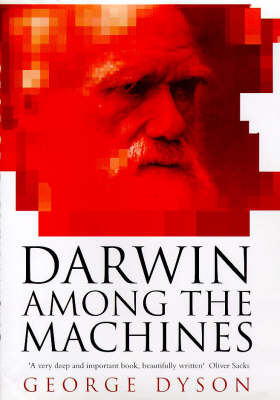Allen Lane Science S.
2 total works
"In the game of life and evolution, there are three players at the table: human beings, nature, and machines. I am firmly on the side of nature. But nature, I suspect, is on the side of machines". The author argues in this text that life, having first developed through biological evolution, is currently emerging once more, this time through the spontaneous evolution of intelligence within our rapidly expanding information networks. The result is a digital wilderness in which unseen creatures are evolving - creatures that will soon have the advantage of speed, intelligence and longevity over humans. The author also argues that the emergence of machines with a life, and perhaps a mind, of their own has long been anticipated by a singular scientific and literary tradition, traceable through the work of Hobbes, Samuel Butler, Erasmus Darwin and others. He describes how earlier thinkers rehearsed the discoveries of many 20th-century scientists, among them Alan Turing, Norbert Wiener and John von Neumann.
In 1957, a small group of Scientists launched a secret US Government-sponsored attempt to build a 40,000-ton manned spaceship propelled by nuclear bombs. The apparent absurdity of the project is one reason why it ultimately failed. But with its mix of sublime theoretical physics and apparently madcap engineering, its diverse cast of Cold War warriors and idealistic would-be intergalactic pioneers, the mission to build Orion remains one of the most tantalising 'what if?' stories of the twentieth century. The Orion team included the brilliant mathematician Freeman Dyson, George Dyson's father. In "Project Orion", George Dyson pieces together the story his father could only tell him in fragments at the time.

